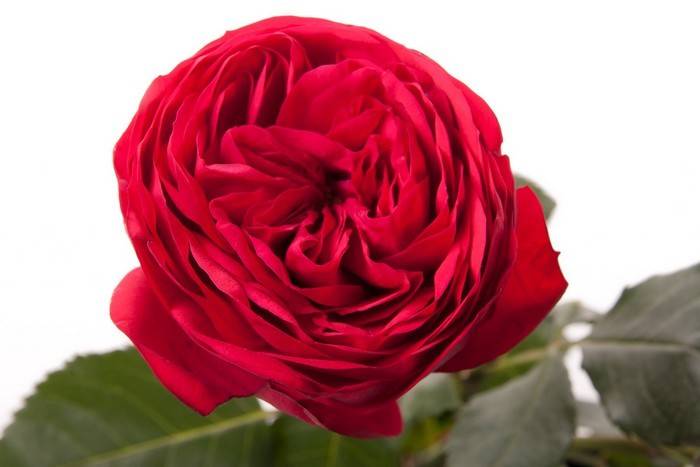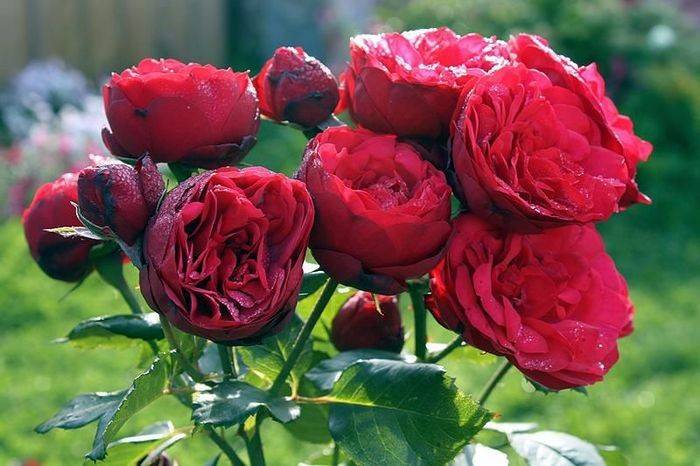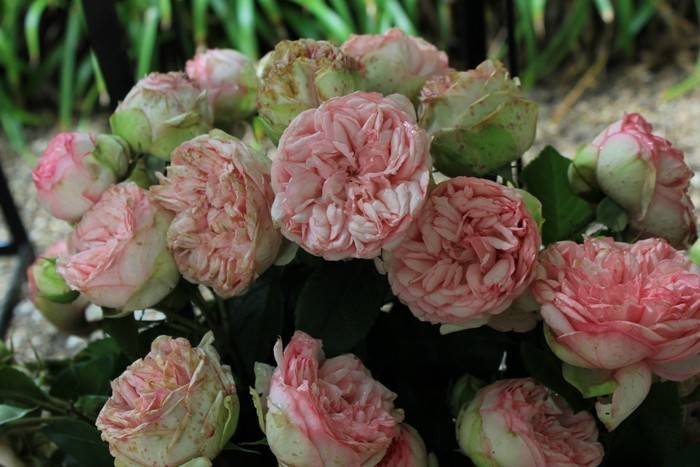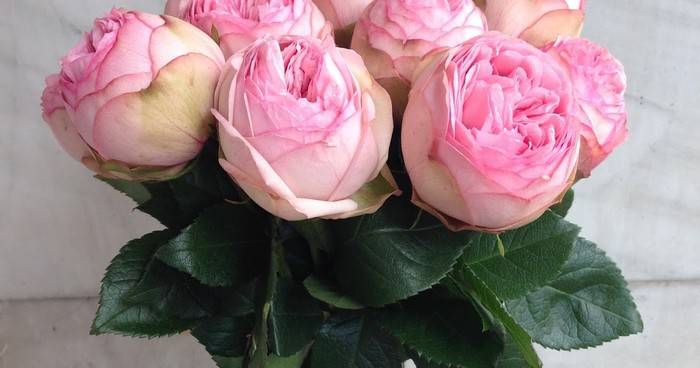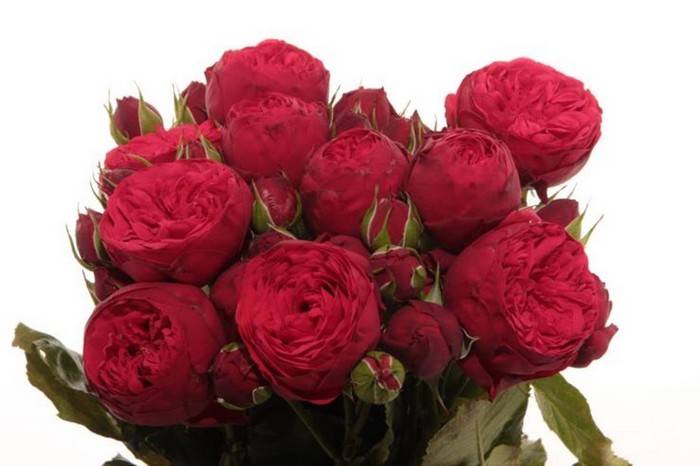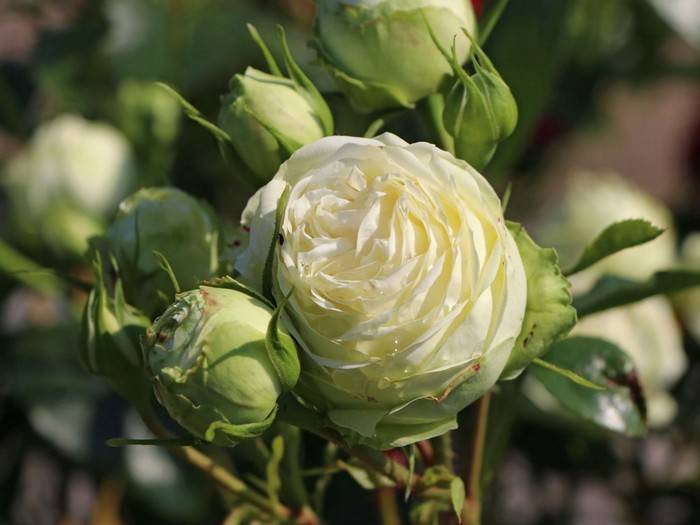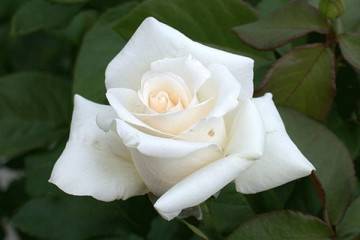Rosa Piano (Piano) - what is this hybrid tea group
Content:
Red Piano hybrid tea peony roses are a godsend for any park and garden. Exquisite flowers with a barely perceptible aroma and bright shades of petals attract the eye and are distinguished by a fairly large variety within the variety series.
Rose Piano (Piano) - what is this variety, history of creation
The German company Tantau for the first time in 2007 presented the Piano hybrid tea rose. In the future, thanks to the work of the nursery breeders, it was possible to obtain several variations of shades.
Brief description, characteristic
Tea roses and double-flowered hybrids became the basis for the new genotype. The new variety acquired a long flowering period, large (up to 12 cm in diameter) terry corollas (up to a hundred petals).
The average height of the bush is about 100 cm. Straight stems are covered with red-brown bark. 3-5 buds are formed at the ends of the shoots. At first, the rim is spherical, and then it opens into a tightly packed bowl. The foliage is medium-sized, dark green, shiny.
Advantages and disadvantages of the variety
The culture is characterized by winter hardiness (withstands up to -23 ° C), as well as resistance to powdery mildew and black spot. Of the shortcomings, poor tolerance of excess moisture was noted, so it is better to choose a planting site not in an open area, but near shelters or next to tall trees. The petals are resistant to fading in the sun, the flowers are cut up to 7 days.
Popular varieties of Piano rose varieties
Among the many varieties of the Piano group, the following are most loved by flower growers.
Rose Red Piano (Red Piano)
The color of the petals is rich red, turning into burgundy. The outer large petals are slightly darker than the central smaller ones. The buds are collected in brushes of 5-7 pieces.
Charming Piano
The cultivar in 2012 was obtained as a result of a random mutation from a red predecessor. The petals are painted in a white-green shade on the outside, and closer to the center they turn into a delicate pink color. The number of buds in brushes is 1-3. Rain resistance is higher than Red.
Happy Piano
The cut-off variety Happy Piano with classic red flowers went on sale in 2013. Its advantage lies in its exceptional resistance to rain, which is why this Piano park rose has met the highest collectors' ratings.
Rose Bridal Piano (Bridal)
Another variety, in which the outer petals from the inside have a greenish tint, and the inner ones have a barely noticeable light green border. The flower looks delicate and elegant, popular in festive bouquets.
Rose Freeland Piano
The variety is distinguished by an interesting color of the petals - they are red-pink, but they look slightly dusty. The effect is quite rare and therefore appreciated by collectors.
Wedding Piano (Rose Wedding Piano)
The creamy white petals of the buds take on a luxurious look as they unfold and are perfect for bridal bouquets, which is why the flower got its name. Corollas that have not yet blossomed are painted in a greenish tone.
Pink Piano
One of the most popular flowers in the variety series with rich cyclamen color. The variety was obtained in 2010. It features a low bush (up to 80 cm), as well as lush brushes of 3-5 buds each.
Growing a flower, how to plant it in open ground
Any of the representatives of the variety series should be bought from a specialized nursery in order to have a guarantee that the plant meets the declared characteristics.
What time is the boarding
It is optimal to plant in the spring, when the soil warms up above + 10 ° C, or in the fall 3 weeks before the average date of the first frost for a given area.
Location selection
A place for a Piano rose should be chosen on a small hill so that melt or rain water does not stagnate at its roots. A shelter in the form of a gazebo, fence or large-sized trees will prevent damage to flowers by heavy downpours.
How to prepare the soil and flower for planting
Before spring or autumn planting, the flower bed is dug to a depth of 30 cm. I mix the soil with humus and add a little wood ash and sand to it. Rotted manure can be added from autumn before spring planting.
Planting procedure step by step
The procedure is standard:
- They dig planting holes with a size of 30x30 cm and a depth of 30 cm.The optimal distance between the bushes is from 80 cm.
- Sand or broken brick is poured at the bottom of the planting pits for drainage.
- Piano bush rose sapling is dipped into a hole and sprinkled with well-loosened soil mixed with 30 g of superphosphate.
- The trunk circle is abundantly watered and mulched.
Plant care
Agrotechnology is standard, as for other hybrid tea varieties.
Watering rules and humidity
Watering once a week during dry season, and not required during weekly rains.
Top dressing and soil quality
Throughout the growing season, fertilizing with a complex mineral fertilizer for roses is required, which is diluted with water in the proportion indicated by the manufacturer and watered all the bushes.
Pruning and replanting
Pruning is carried out in the fall, shortening the shoots of this year by half. Spring pruning is sanitary, during which frozen, broken branches are removed.
Features of wintering a flower
In regions with frosts below 20 ° C, shelter is required. For this, spruce branches, agrofibre, dry foliage are used.
Blooming rose
The growing season lasts from May until the start of frost. Flowering occurs twice - the first time from the end of May and lasts 3-5 weeks, then a break of 6-8 weeks follows and the second wave starts.
Care during and after flowering
During the forcing of buds, the bush becomes the object of an invasion of aphids and other pests, therefore, it is required to regularly carry out preventive treatments with insecticides. Withered buds must be cut off so that the plant does not waste energy on ripening the seeds.
What to do if it does not bloom, possible reasons
The absence of buds indicates an extreme degree of depletion of the bush, which needs fertilization, watering, or that a too shaded area has been chosen for planting and there is not enough sun. It is necessary to correct agricultural technology or transplant a bush.
Flower propagation
Hybrid tea varieties are not propagated by seeds. You can divide the old bush into several young ones, or carry out cuttings.
When is it produced
The best time for cutting cuttings is the end of May, when the young shoots are already long enough (longer than 10 cm), but have not yet acquired buds. The bushes are divided in the spring until the buds swell, if the plant is older than 5-6 years.
Cuttings are cut from the tops of this year's shoots.A good stalk should be 10-12 cm long and 3-4 pairs of leaves. It is rooted in water or soil. A young bush is in the greenhouse until next spring, then it is planted in a permanent place.
Diseases, pests and ways to control them
In the spring, to protect against aphids and other insects, the bushes are treated with insecticides. Among the most effective: "Aktara", "Fitoverm". It is believed that the Piano rose does not suffer from powdery mildew and black spot, but it is worth strengthening its immunity by treating it twice in the spring with an interval of 2 weeks with Bordeaux liquid or another copper-containing fungicide.
An analysis of the features of the Piano variety will be incomplete without mentioning its similarity with peonies, which is invariably noted when you first meet it. It is this unusual type of corolla that is remembered and makes you want to get to know them better.
